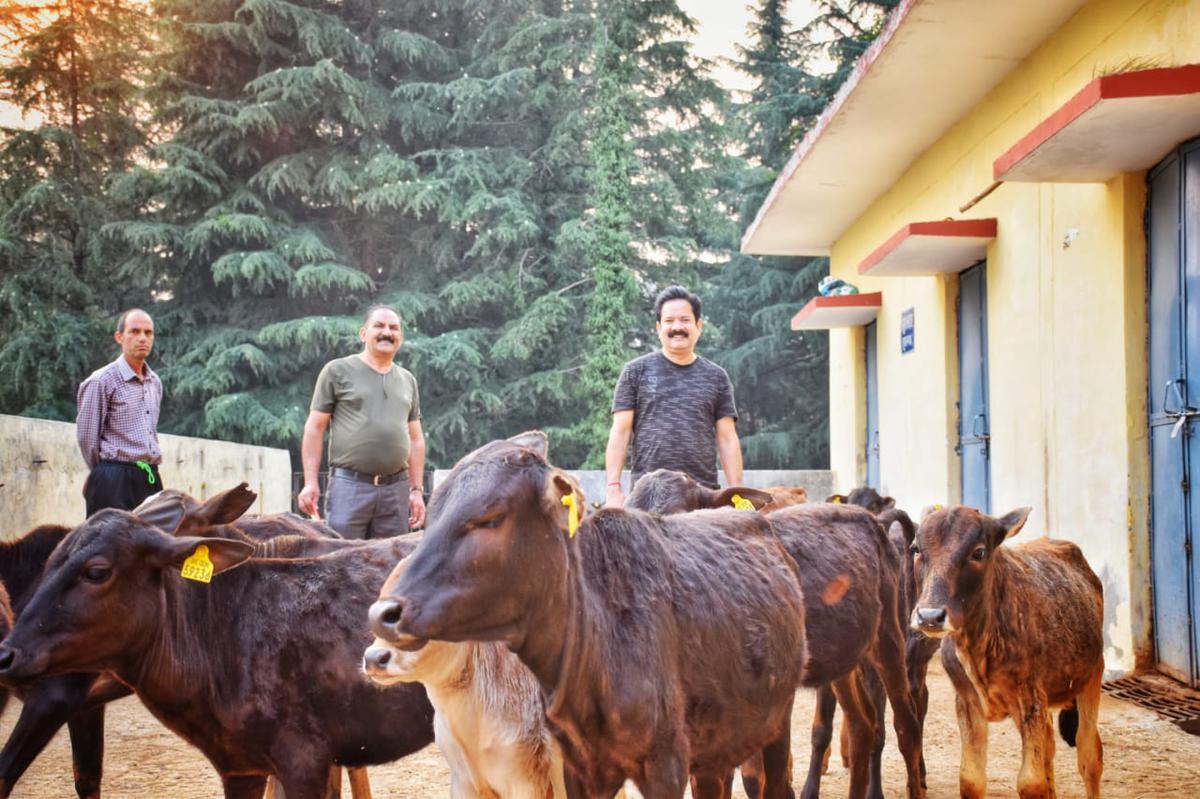Skip to the content
- Uttarakhand is currently preparing for genetic modification of its native, little Badri cow, which grazes on the healing plants of the Himalayas.
- The Badri Cow is a type of indigenous cow found in Uttarakhand.
- Because this cow forages on local bushes and herbs in the Himalayas, her milk has a high medicinal potential.
- These cattle are well suited to the weather conditions and hilly terrain of Uttarakhand.
- The steep Almora and Pauri Garhwal districts of Uttarakhand are home to this hardy and disease-resistant breed.
- Given that this breed rarely contracts diseases, disease resistance is a crucial trait.
Medicinal benefits
- This breed has a robust immune system.
- The Badri cow’s milk has one of the highest percentages of A2 beta-casein proteins of any indigenous breed, at approximately 90%.
- Pure desi ghee’s antioxidants aid in better vitamin and mineral absorption, enhancing immunity.
- By boosting the development of T cells in the gut, which aids in the defence against allergens, butyric acid in Badri cow ghee helps to increase immunity.
In news
- The State officials suggested using sex-sorted semen technology to increase Badri cattle productivity.
- In order to create more cattle with a strong genetic foundation, they also suggested choosing the embryo transfer procedure.
Economic value of the Badri cow
- The price of Badri ghee ranges from Rs. 3,000 to Rs. 5,000 per kg.
- Cow dung, Panchgavya, and Gaumutra Ark (distilled cow urine) all have enormous business potential (the five products of the cow, including milk, curd, ghee, dung and urine).

